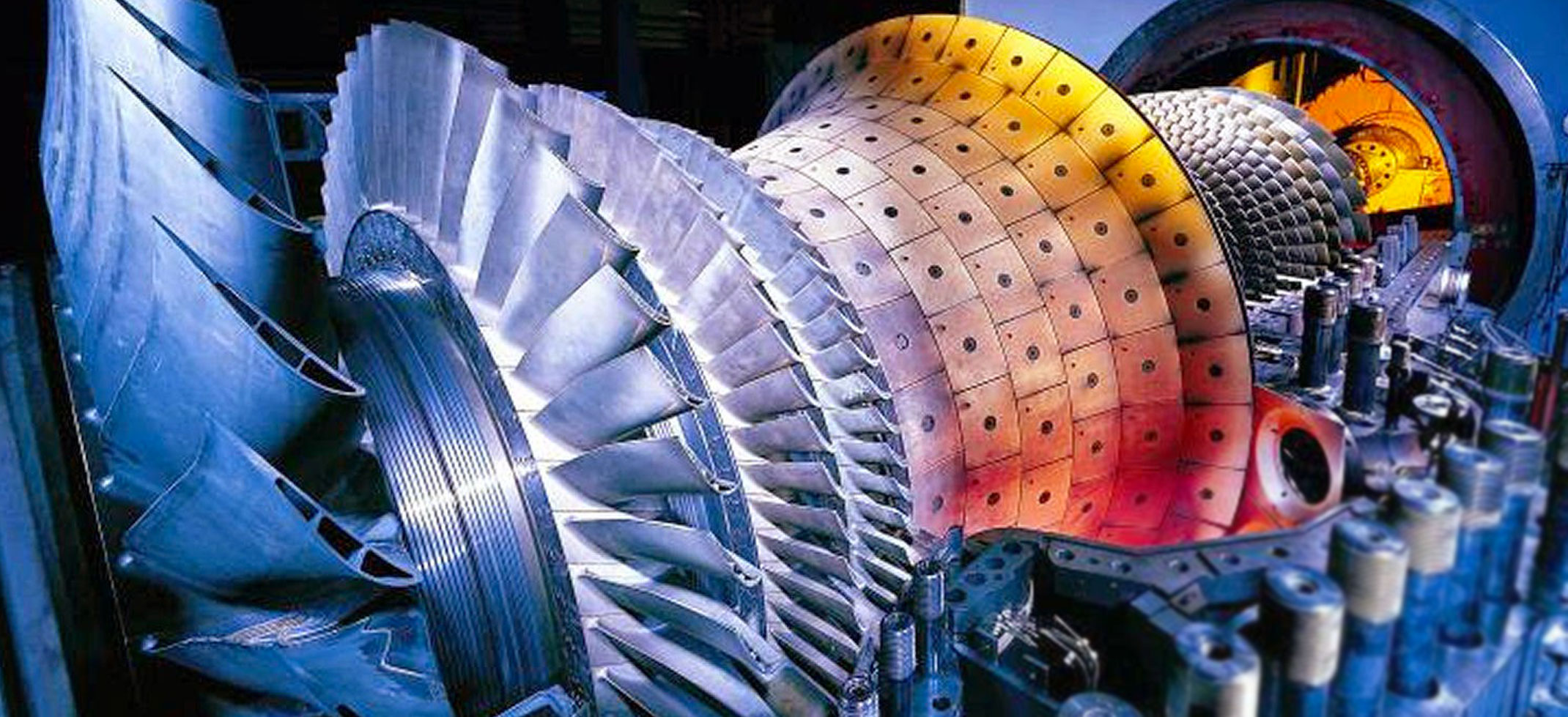The gas turbine (not to be confused with the homonymous machine), is an internal combustion engine used to transform by means of turbomachines the chemical energy of the fuel. The extracted energy is made available in the form of shaft power, compressed air, pressure or a combination thereof and is used to move aircraft, trains, ships, generators or tanks.
The set-turbine-compressor shaft is said group. In a motor can be multiple groups (typically two, more rarely three) which rotate at different speeds so as to optimize the efficiency of compression.
The principle of operation is as follows: the air is sucked and compressed by the compressor which leads into the combustion chamber. Here it is mixed with fuel which, by its oxidation, raises the enthalpy of the gas stream which continues its path through the stages of turbine where it has the ability to expand, yielding energy to the turbine itself. The turbine drives the compressor and the resulting net energy is used directly as mechanical energy in the field of industrial applications, for example, to drag machines, in the field of aeronautical propulsion to drag propellers (turboshaft, turboprop) or to provide the thrust (turbojet, turbofan), or, in the energy, transformed into electricity by an alternator coupled to the turbine.
From a thermodynamic point of view, the ideal operation of a gas turbine is described by the Brayton cycle, in which the air is compressed isoentropicamente, combustion takes place at constant pressure and the expansion in the turbine takes place isoentropicamente until the suction pressure.
More information: http://www.heatexchanging.com






